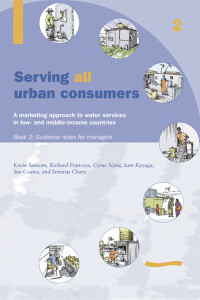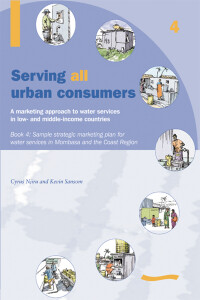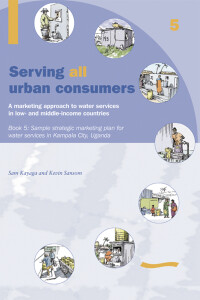-
Inclusion of shared sanitation in urban sanitation coverage? Evidence from Ghana and Uganda
01.10.2013
This paper discusses the notions of ‘improved’ and ‘unimproved’ sanitation in the context of developing countries in urbanizing Africa and considers the role that shared facilities can play in this equation. It analyses current definitions and classifications used by the United Nations Joint Monitoring Programme (JMP) to monitor access to shared sanitation and summarizes the recent discourse on JMP's limitations. Empirical evidence from two case studies in sub-Saharan Africa (SSA) - Kampala, Uganda and Ashaiman, Ghana - is presented, showing the widespread use and limitations of the shared toilet facilities in these two cities. The empirical evidence shows that quite different types of shared sanitation facilities emerge in different cities, each influenced by the urbanization patterns, local politics and sociocultural considerations. Improving the quality of shared facilities involves the consideration of the applicability of the different types of facilities within the category ‘shared sanitation’, together with an improved understanding of the users' determinants of acceptability, such as access and cleanliness. The paper concludes with a discussion of potential indicators for shared sanitation post-2015 global monitoring, as a means of integrating shared sanitation into the overall sanitation access figures.








